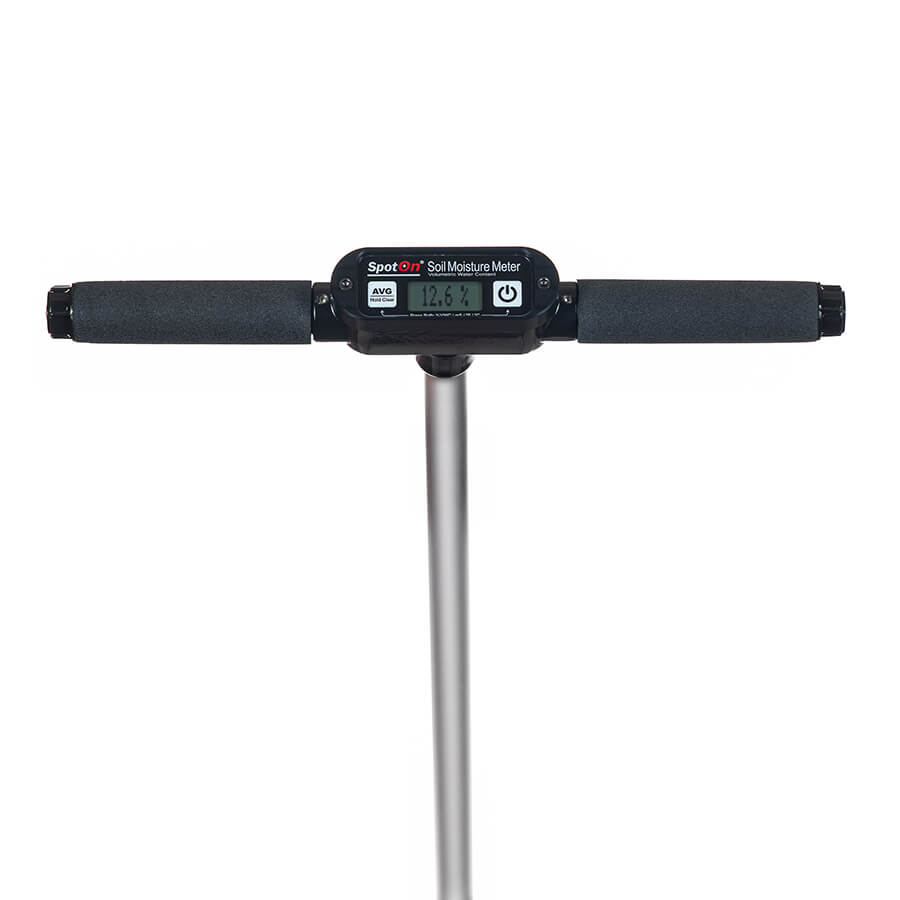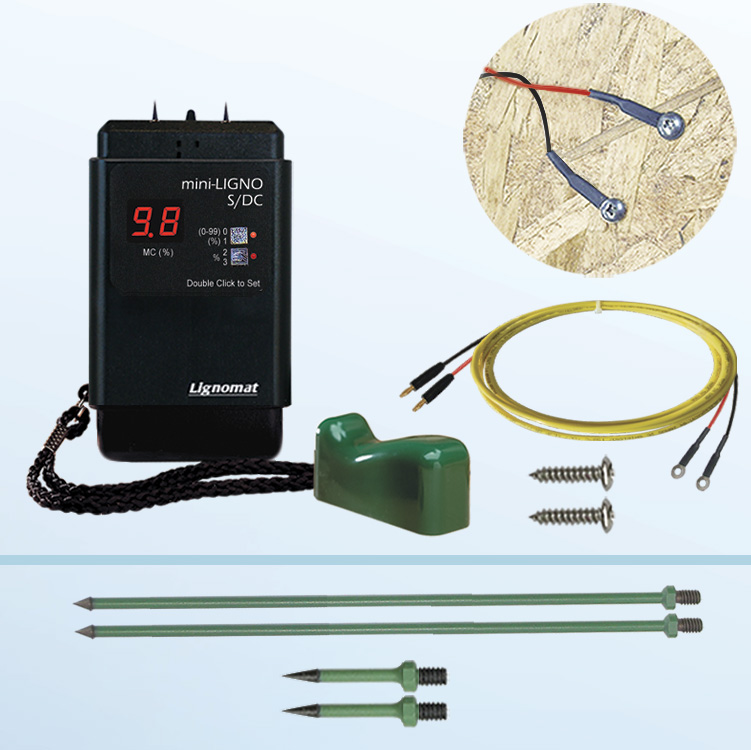The Science Behind Moisture Meters: Exactly How They Function and Why They're Necessary
The Science Behind Moisture Meters: Exactly How They Function and Why They're Necessary
Blog Article
Understanding the Significance of a Moisture Meter in Avoiding Mold and Water Damage in Your Home
In the realm of home maintenance, the existence of wetness can commonly be a silent yet powerful adversary, with the ability of causing prevalent mold and mildew development and insidious water damages if left unattended. Amidst the tranquil atmosphere of a home, hidden dampness problems can brew underneath the surface, positioning a hazard to both property and health and wellness. Outfitted with the right devices and knowledge, homeowners can proactively fight these possible hazards. Understanding the significance of a dampness meter in this battle is not just an option yet a calculated need.
Significance of Moisture Detection
Effective dampness discovery techniques are important for guarding residential or commercial properties and protecting against prospective mold and mildew development and water damage. Wetness can permeate right into different structure materials, resulting in structural concerns and health risks. By using a wetness meter, residential or commercial property proprietors can proactively recognize areas susceptible to excess moisture, permitting prompt intervention and reduction techniques.
Moisture meters provide accurate readings of dampness levels in various materials such as timber, concrete, and drywall. This information helps in pinpointing areas of problem, also in hard-to-reach or hidden locations. Early detection of wetness build-up makes it possible for punctual fixings or adjustments to stop more damages.

How Moisture Meters Job
Moisture meters play an essential function in the aggressive recognition of excess dampness, assisting in the prevention of prospective mold and mildew development and water damages by offering precise analyses of moisture degrees in different building products. These tools function based upon various concepts, depending on their kind. Moisture Meter. Pin-type moisture meters, as an example, have two pins that penetrate the product to gauge the electrical resistance in between them. When wetness is existing, it enhances the product's conductivity, causing a lower resistance analysis. Pinless wetness meters, on the various other hand, usage electro-magnetic sensing units to scan the product without causing damage. These sensors discharge electromagnetic signals that penetrate the product and gauge the dielectric buildings, showing moisture web content. Some advanced dampness meters incorporate both pin and pinless technologies for comprehensive wetness discovery. Understanding just how moisture meters function is crucial for exact and prompt wetness degree analyses, enabling effective preventive steps versus mold and mildew and water damages.
Detecting Early Warning Signs
Upon first assessment of a building, recognizing subtle indicators of excess dampness comes to be essential in the useful link very early detection of possible mold development and water damages. Water discolorations can signify leaks or infiltration, while peeling paint or wallpaper may be a result of moisture compromising the attachment of these materials to the surface area. Furthermore, a rise in allergy symptoms or respiratory system issues amongst residents may recommend the presence of mold due to excess dampness.
Preventing Mold Growth
Identifying very early warning indications of excess dampness within a home not only enables timely discovery of potential mold growth and water damages but also serves as an aggressive procedure in avoiding the expansion of mold. To efficiently protect against mold and mildew growth, it is important to address any resources of wetness without delay.
Along with dealing with moisture resources, maintaining indoor moisture levels listed below 60% can substantially prevent mold growth. Correct ventilation, sufficient insulation, and using ac system or fans can aid regulate interior humidity degrees. Monitoring wetness degrees in locations susceptible to dampness, such as cellars and creep areas, using a wetness meter can likewise help in very early discovery of raised wetness degrees and prospective mold and mildew development. By taking positive steps to avoid excess moisture and mold and mildew development, home owners can protect their home and indoor air quality.
Benefits of Routine Surveillance
Regular tracking of dampness degrees in a residential or commercial property can play a vital you can look here role in maintaining a healthy interior environment and stopping potential mold and water damages. By regularly checking dampness degrees, property owners can discover any kind of concerns immediately and take required activities to stop mold and mildew growth and water damage. Among the vital benefits of routine surveillance is very early discovery. By identifying and resolving high dampness look here degrees at an early stage, homeowners can step in prior to mold and mildew has the opportunity to establish and spread out. This proactive technique can save both time and cash over time by stopping substantial mold and mildew remediation and repair service expenses.
Furthermore, routine surveillance enables home owners to track patterns and patterns in dampness levels over time. Inevitably, the constant monitoring of dampness degrees equips property owners to safeguard their residential property, secure their health, and protect the integrity of their interior setting.

Verdict

By utilizing a dampness meter, residential property owners can proactively identify areas susceptible to excess dampness, permitting for timely intervention and reduction methods.

Checking moisture levels in areas susceptible to dampness, such as cellars and crawl areas, making use of a wetness meter can additionally assist in very early detection of raised moisture degrees and prospective mold growth. (Moisture Meter)
Report this page